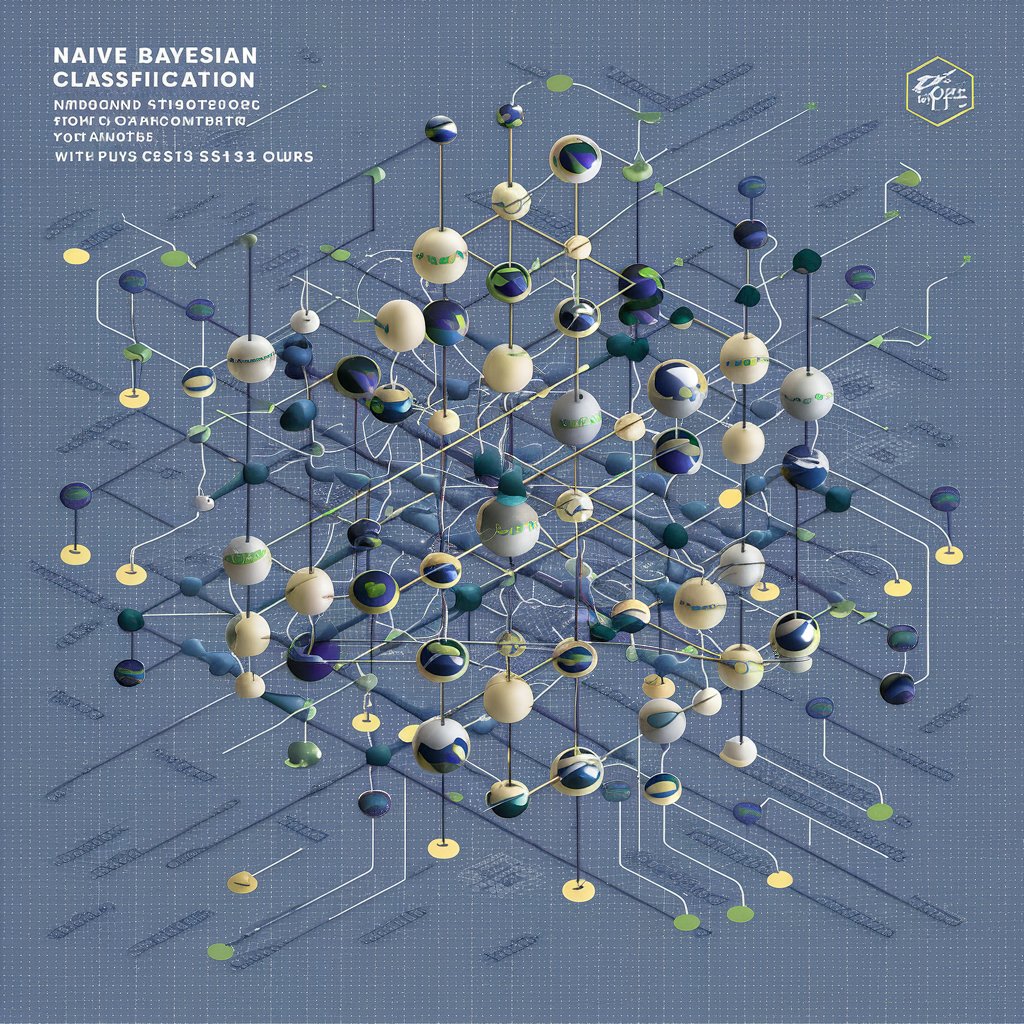Naive Bayesian classification is a fundamental machine learning algorithm covered in Tufts CS131 (Artificial Intelligence), offering a probabilistic approach to classification tasks based on Bayes’ Theorem. Despite its “naive” assumption of feature independence, this method remains widely used for text classification, spam filtering, medical diagnosis, and other applications where computational efficiency and interpretability matter. The Tufts CS131 curriculum introduces this algorithm as part of its machine learning module, emphasizing both its theoretical foundations and practical implementation.
In this article, we will explore the mathematical principles behind Naive Bayes, its implementation in Python (as taught in CS131), its strengths and limitations, and real-world applications. Whether you’re a Tufts student preparing for an exam or a machine learning enthusiast looking to understand this classic algorithm, this guide will provide a comprehensive breakdown of Naive Bayesian classification.
1. The Mathematical Foundations of Naive Bayes
Naive Bayesian classification is rooted in Bayes’ Theorem, which calculates the probability of a hypothesis given observed evidence. The theorem is expressed as:
P(Y∣X)=P(X∣Y)⋅P(Y)P(X)
Where:
-
P(Y∣X) is the posterior probability (probability of class Y given features X)
-
P(X∣Y) is the likelihood (probability of features X given class Y)
-
P(Y) is the prior probability (baseline probability of class Y)
-
P(X) is the evidence (marginal probability of features X)
The “naive” assumption simplifies computation by treating all features as conditionally independent, allowing the joint probability P(X∣Y) to be calculated as the product of individual feature probabilities:
P(X∣Y)=∏i=1nP(xi∣Y)
This simplification makes Naive Bayes computationally efficient, even with high-dimensional data.
2. Implementing Naive Bayes in Python (CS131 Approach)
In Tufts CS131, students typically implement Naive Bayes from scratch using Python, often for text classification tasks like spam detection. The implementation involves:
-
Data Preprocessing: Tokenizing text, removing stopwords, and converting words into numerical features (e.g., word counts or TF-IDF vectors).
-
Calculating Priors: Estimating P(Y) based on class frequencies in the training data.
-
Computing Likelihoods: Estimating P(xi∣Y) for each feature (e.g., word) given each class.
-
Making Predictions: Applying Bayes’ Theorem to compute posterior probabilities for new instances.
Here’s a simplified version of the classifier:
from collections import defaultdict import math class NaiveBayesClassifier: def __init__(self): self.priors = {} self.likelihoods = defaultdict(lambda: defaultdict(float)) self.classes = set() def train(self, X, y): # Calculate priors P(Y) total_samples = len(y) for cls in set(y): self.priors[cls] = sum(1 for label in y if label == cls) / total_samples self.classes.add(cls) # Calculate likelihoods P(X_i|Y) feature_counts = defaultdict(lambda: defaultdict(int)) for features, cls in zip(X, y): for feature in features: feature_counts[cls][feature] += 1 for cls in self.classes: total_features_in_class = sum(feature_counts[cls].values()) for feature in feature_counts[cls]: self.likelihoods[cls][feature] = feature_counts[cls][feature] / total_features_in_class def predict(self, X): predictions = [] for features in X: posteriors = {} for cls in self.classes: log_posterior = math.log(self.priors[cls]) for feature in features: if feature in self.likelihoods[cls]: log_posterior += math.log(self.likelihoods[cls][feature]) posteriors[cls] = log_posterior predictions.append(max(posteriors, key=posteriors.get)) return predictions
This implementation avoids underflow by using log probabilities instead of multiplying small numbers directly.
3. Strengths and Weaknesses of Naive Bayes
Strengths
-
Computationally Efficient: Works well with high-dimensional data (e.g., text).
-
Works with Small Datasets: Performs decently even with limited training examples.
-
Interpretable: Probabilistic outputs allow for confidence scoring.
-
Low Overfitting Risk: Due to its simplicity.
Weaknesses
-
Naive Independence Assumption: Real-world features are often correlated.
-
Zero-Frequency Problem: If a feature never appears in a class, its likelihood becomes zero (solved via Laplace smoothing).
-
Sensitive to Input Quality: Requires good feature engineering (e.g., removing irrelevant words in text classification).
4. Real-World Applications (Beyond CS131)
Naive Bayes is widely used in industry, including:
-
Spam Detection (Gmail): Classifies emails as spam or not based on word frequencies.
-
Sentiment Analysis: Determines if a product review is positive or negative.
-
Medical Diagnosis: Predicts disease likelihood based on symptoms.
-
Document Categorization: Automatically tags articles by topic.
5. Extensions and Variations
Tufts CS131 may also cover advanced variants:
-
Multinomial Naive Bayes: For discrete counts (e.g., word frequencies).
-
Gaussian Naive Bayes: For continuous data assuming normal distributions.
-
Bernoulli Naive Bayes: For binary feature data.
6. Conclusion
Naive Bayesian classification remains a cornerstone of probabilistic machine learning, balancing simplicity with effectiveness. While its independence assumption is rarely true in practice, it often performs surprisingly well—especially in text-based tasks. For Tufts CS131 students, mastering Naive Bayes provides a strong foundation for more complex models like Logistic Regression and Hidden Markov Models. By understanding its theory, implementation, and practical trade-offs, you’ll be well-equipped to apply it in both academic and real-world scenarios.
